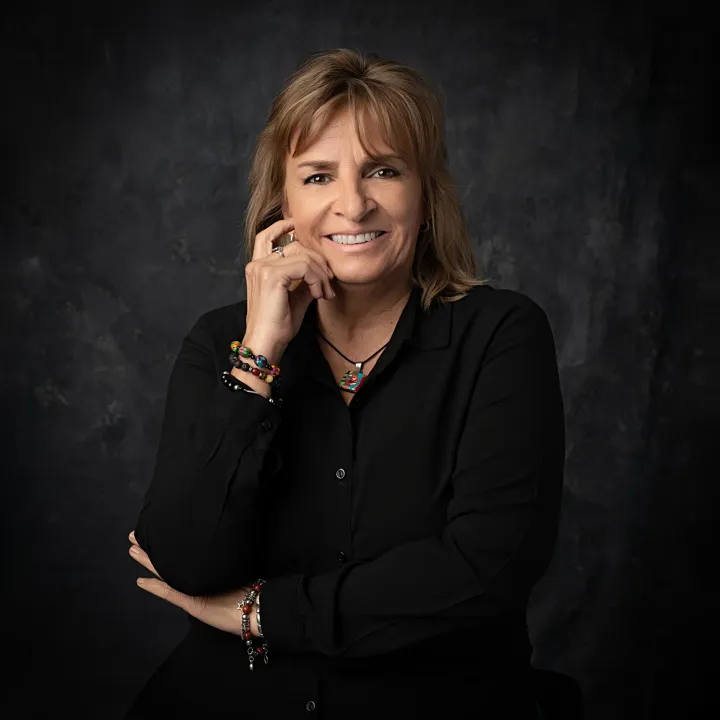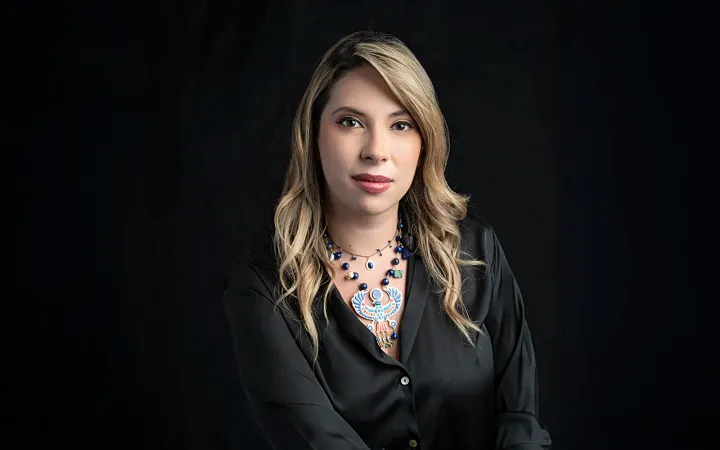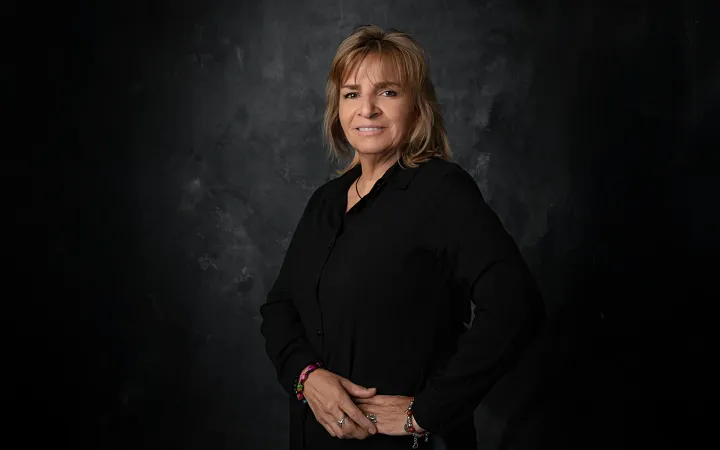By Claudia Pérez Atamoros
I AM NOT FIRST LADY, I AM MARÍA ESTHERMaríaEsther Zuno Arce de Echeverría, wife of Luis Echeverría Álvarez, President of Mexico (1970-1976)
Thus she rejected the title that her predecessors had held. After her husband's inauguration, she asked the press to call her "companion". We are all first ladies at home. Compañera is the expression that identifies the co-religionists who fight and the women who work; that is why I like to be called that way. I have wanted to be a compañera in the full sense of the word, the one who shares and participates.
Keeping your memory fresh always helps. Sometimes they can seem like déjà vu. They are. María Esther Zuno played a preponderant role in representing empathy with the popular classes. One of her first acts was to baptize Los Pinos as La Casa del Pueblo (yes, I know who you are thinking of...) and remodel it from 'pe to pa' to dress it in Mexican style.
It was not just a façade, no, comrade Maria Esther ordered that all official events to be held had to be of a Mexican type. Nationalism at its best. The official banquets did not offer wines but fresh waters: horchata, jamaica...and Mexican music at full volume accompanied the folkloric dances. She did not use world-famous designers but wore typical dresses, just as expensive. In fact, when she passed away, she was shrouded in a Tehuana costume.
Martha Chapa said in her article A la compañera, mi compañera, María Esther, that this was the egg lady! and although she did so in relation to how she answered the door to door sales of the blanquillos produced on her farm in San Jerónimo, she applied it perfectly during her typical sexenato. She asked the officials' wives to attend events dressed in regional attire and it is said that Carmen Romano, her successor, attended one of them dressed as a Charra.
It was not a pose, they say, it was authentic love for Mexico, its culture, its crafts, and its citizens... She had such a committed social vision that she forced, because she forced them, the wives of all the politicians in the country to participate in the Voluntarias program. It wasn't if they wanted to, it was a egg, like the ones he sold for years.
Beatriz Reyes Nevares, a journalist of those years and wife of a high official, told María del Carmen Castañeda that once "I went to a Red Cross collection where three ladies and I 'bote' in a corner. We collected two hundred pesos in the four piggy banks, and the wife of the owner offered us a Mayita banquet that cost twenty thousand in those days; that seemed like a farce to me".
-Did you tell this to Mrs. María Esther Zuno? The answer was categorical: "Would you have dared? I didn't dare..."
He hated, with jarocho hatred, ostentation and vanity. She did not like at all, not at all, that women wore expensive jewelry and men expensive watches. And she did not keep quiet, she made it known and felt it.
It turns out that in the Echeverrista era, chauvinistic Mexicanity sprang from the verbiage of the presidential couple. Thus, one September 15, after the customary gala dinner, Doña María Esther, "la compañera", passed a tray (some baskets) among the special guests (obviously, there were Las Veinte, (how many of them?, at least half of them) well dressed up, with their best jewelry, to be at the height of the wives of secretaries and other political elite,) and asked them to get rid of those riches and place them on the trays, that the people of Mexico would thank them...
(https://www.opinion51.com/claudia-perez-veinte-mujeres-echeverria/)

The opinions expressed are the responsibility of the authors and are absolutely independent of the position and editorial line of the company. Opinion 51.






Comments ()